
These fast-climbing vines can hide unwelcome features, cover bare walls and fences, and lend an air of wildness to even the most staid landscape. Plant one in April, and it could reach heights of 10, 20, even 30 feet by summer’s end.
Coral honeysuckle (Lonicera sempervirens)
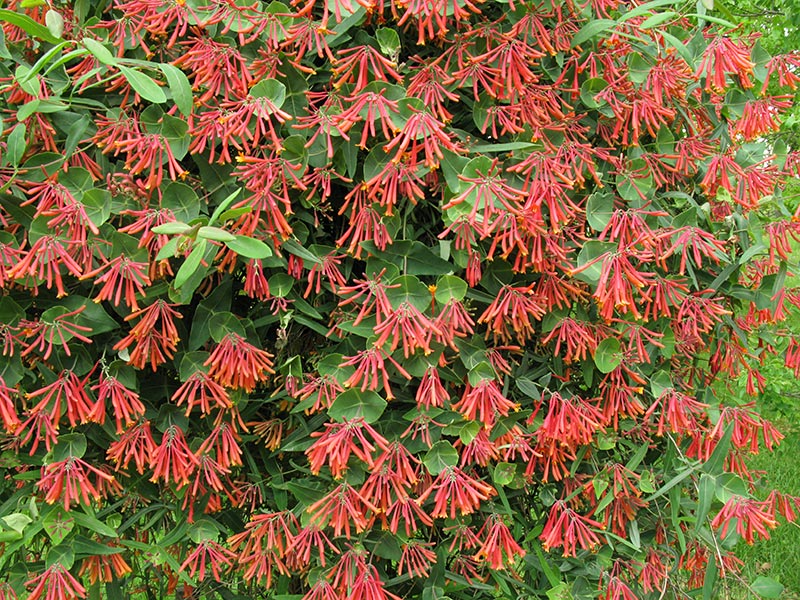
Throughout this perennial’s long bloom time, from mid-June through September, its trumpet-shaped blossoms can perfume your entire garden. Coral honeysuckle will twine around anything in its path, scaling a 10- to 15-foot trellis in a single season, and attract hummingbirds as well.
Sweet autumn clematis (Clematis terniflora)
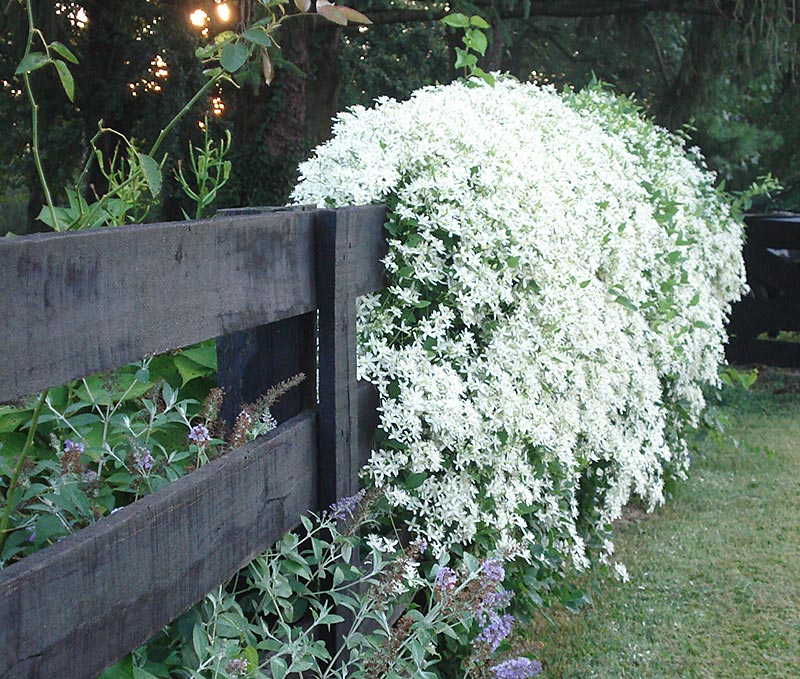
A very vigorous clematis, this vine doesn’t just grow tall (up to 30 feet in a few months); it also grows wide, ensuring full coverage. Consider its tiny white flowers, which bloom in late summer and early fall, a bonus. Oh, and did we mention that the plant tolerates most soil and sun conditions?
Hops (Humulus lupulus)

Best known as a key beer ingredient, the hop vine brings good taste to a garden, too. In mid to late summer, its large leaves are joined by chartreuse cones (borne only on female plants) that deliver as much drama as any flower. Plus, this baby can climb 12 inches per day, topping out at around 25 feet.
Moonflower (Ipomoea alba)
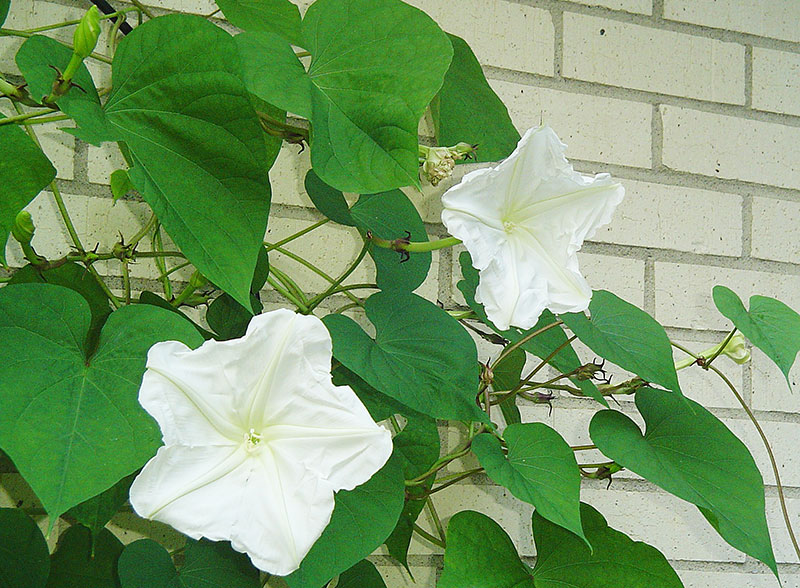
A night-blooming species of morning glory, this plant features fragrant white flowers that open from sundown to sunup, midsummer to early autumn—you can literally watch them unfurl at dusk. While the vine reaches heights of more than 15 feet, you’ll want to sow several to achieve the lush effect above.
Hyacinth bean (Dolichos lablab)
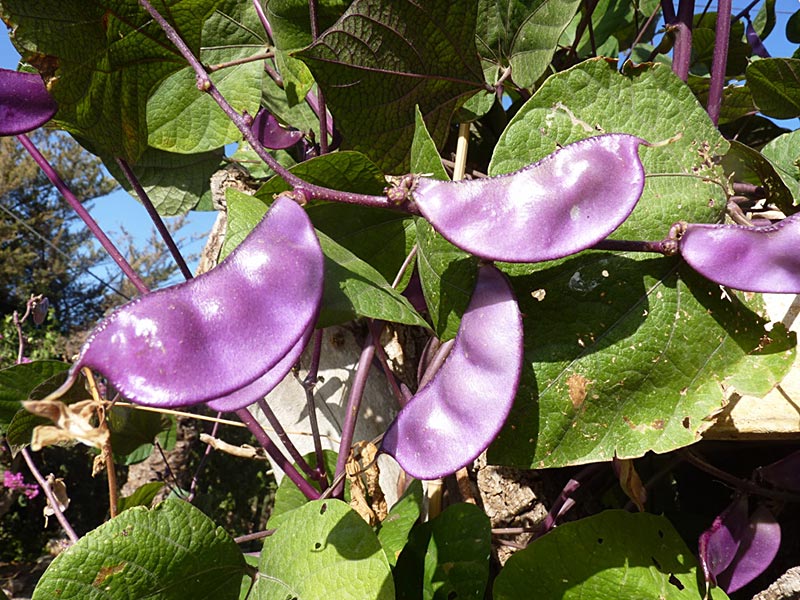
Though this bean is considered an edible in parts of Africa and Asia, American gardeners tend to prize it for purely ornamental reasons: With dark leaves, midsummer blossoms, and bean pods come fall, the annual offers three to four months’ worth of interest, during which it can shoot up 10 to 15 feet.
Black Eyed Susan (Thunbergia alata)
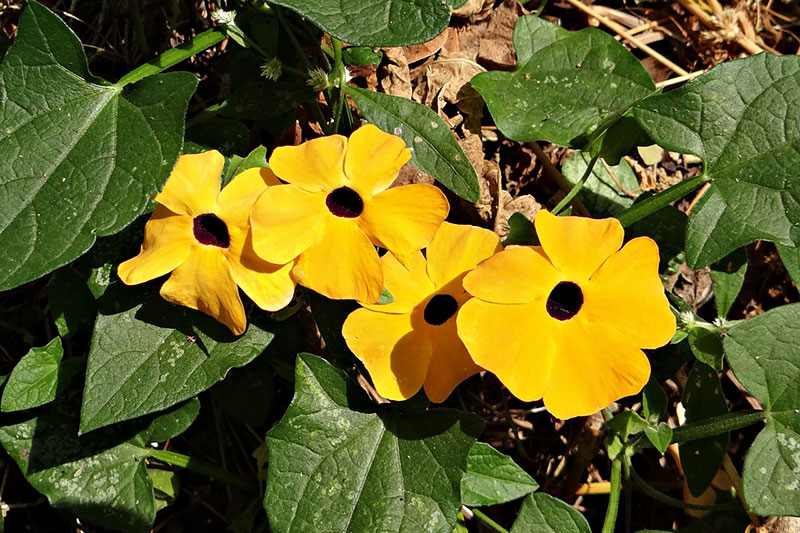
Black-eyed Susan vines grow quickly, once the temperature warms up. They will tangle themselves around the nearest support or spill over edges. They are perfect for hanging containers, but flow just as easily over walls and raised beds. A lattice or link fence makes a good choice for coaxing and weaving your vine into a living wall, but these plants will clamber over just about anything, from the mail box to an old tree stump. With their quick growth habit and sprawling nature, Black-eyed Susan vines can overtake nearby plants and are often grown as solo performers.



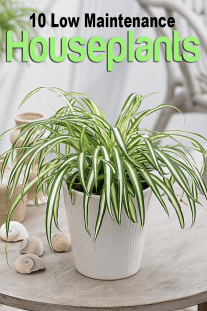
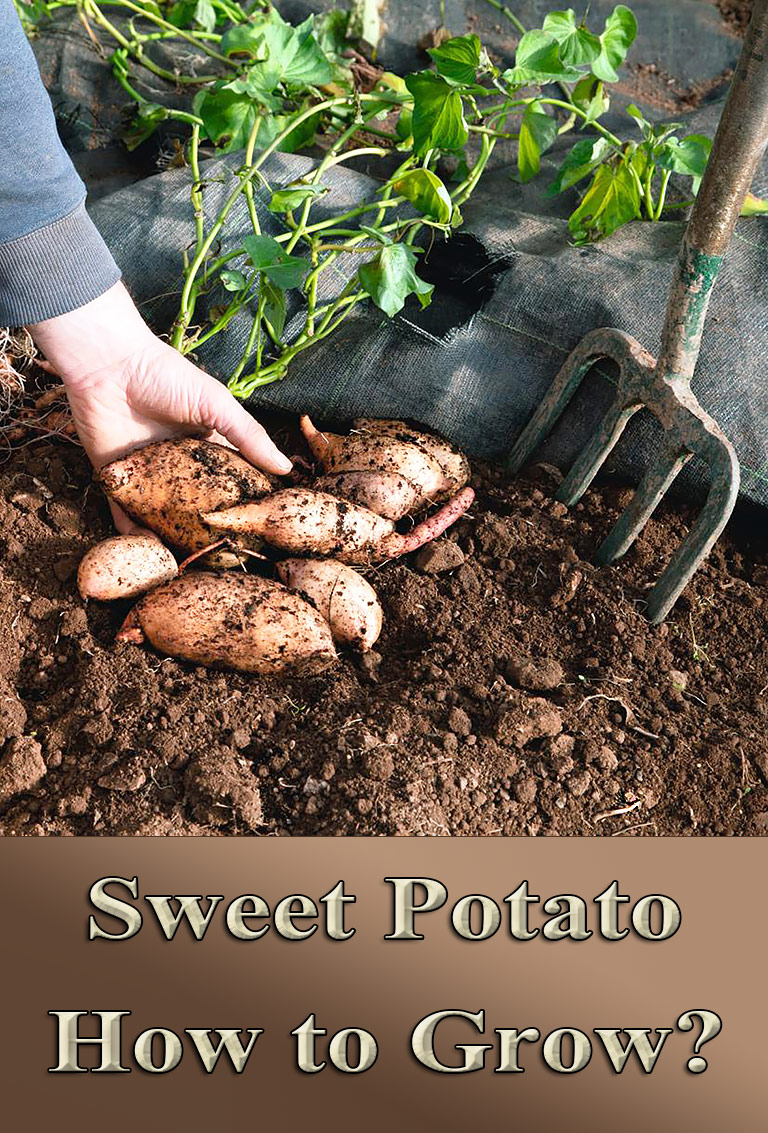
Can anyone tell me which, if any, of these plants would be considered invasive in GA? Thanks.
The “Moon Flower” is a fancy name for Morning Glory. It’s invasive in many places and is illigal is some places.
I don’t know about the others but do NOT plant Autumn Clematis unless you want joy of digging up the dozen + babies this plant will produce throughout your neighbourhood. Seriously, it does have a lovely fragrance but please learn by my mistake and avoid. I’m in SC and am still finding it cropping up 4 years after I tried to eradicate it.
Honeysuckle! Also the Autumn Clematis drops a gazillion petals as the flower dies off so don’t plant it where they can drop onto your deck or in a pool! It’s beautiful but can be a mess! The moonflower smells heavenly & is beautiful at night! Love, love, love the Thunbergia- black eyed Susan vine! Hyacinth bean is a quick grower. You can collect seeds from the pods as they dry out & plant them next year!
autumn clematis is invasive everywhere…..it is beautiful in the fall and smells heavenly but put it somewhere far away from anything else …..it comes up in everything…..I pull it out by the handfulls and it has taken over one of my trees…yet I cannot bring myself to eradicate it completely!!! lol
Hops for sure!!!!
Do any of these stay green in winter time? I’d love to know which ones still look great in cold weather when they are no longer in bloom. Thanks!
I am in GJ, CO. We had a variety of Honeysuckle that was green all year and had no problem surviving the winter. I also see the variety featured in this article around town so I assume it also does well in our region.
Wonderful vining plant’s/flower’s, but was wondering if they are Perennial’s.
I live in Durango, CO. I do not believe the Black Eyed Susan’s can withstand the Winter.
Imagine they are an Annual. Could you please specify what will come back the following year?
Thank you for your time~ Barb
autumn clematis is a perennial….the rest can come back from seeds falling for sure…..honeysuckle might be a perennial….I know the wild version of it is.